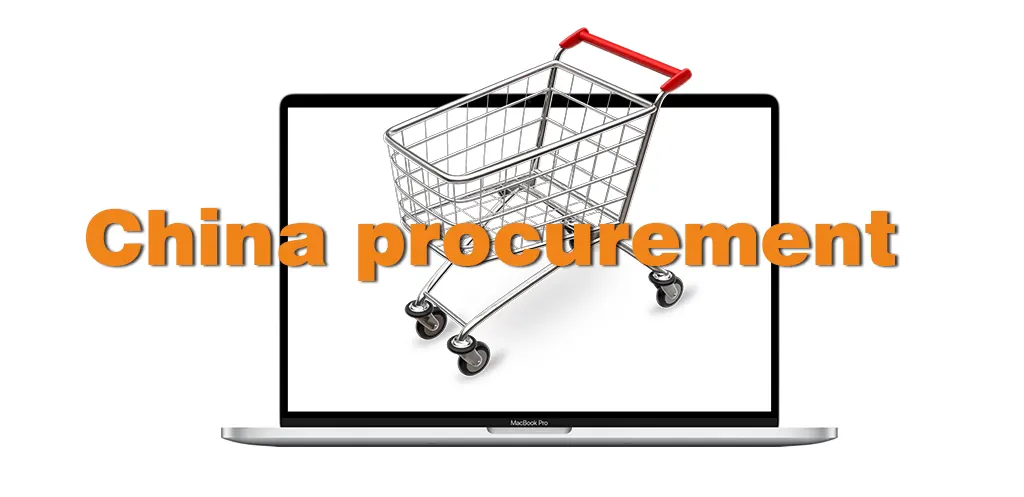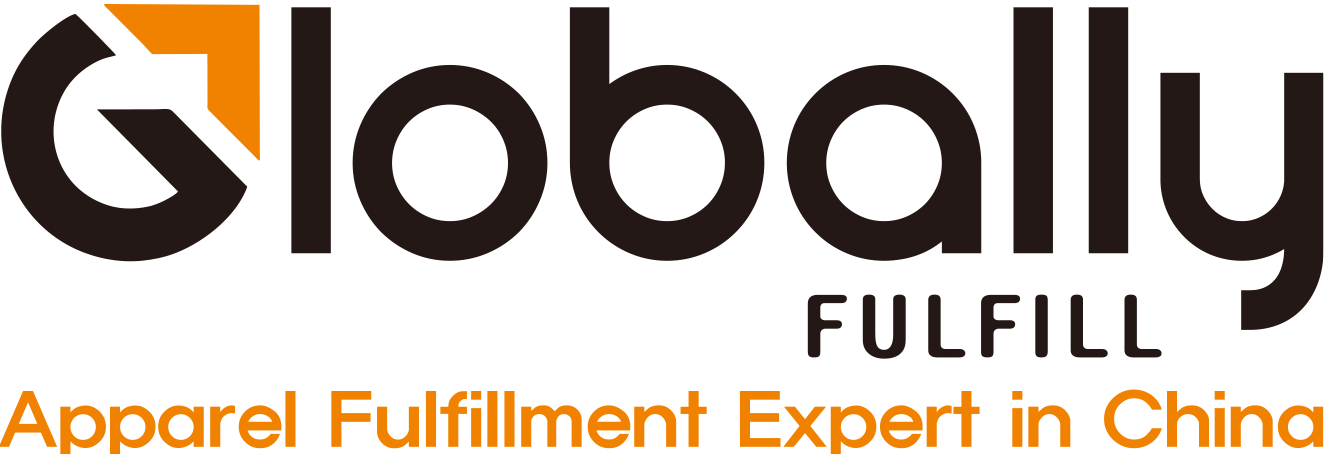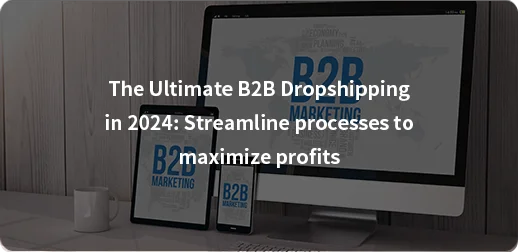Introduction
China has become a major player in the global economy, with its manufacturing sector being one of the largest in the world. As a result, many businesses around the world source their products from China. However, there are concerns about the reliability of sourcing from China. This paper will examine the reliability of sourcing from China and provide insights into the advantages and disadvantages of doing so.

Why Source From China
China has become a manufacturing superpower in recent years with a global reputation for quality, efficiency, and cost-efficiency.
Sourcing from China can provide businesses with a variety of significant benefits, from greater cost savings to access to a wide range of products and services, making it an excellent choice for any business looking to reduce costs, expand markets and create a better bottom line.
Advantages of Sourcing from China
Cost Savings
China produces vast quantities of products at very competitive prices. Because of its large labor force and low cost of raw materials, Chinese manufacturers are able to produce goods and services for lower prices than their competitors.
Reliability
Chinese manufacturers are known for their reliability. Chinese companies have developed a reputation for quality, and they typically have strict quality control processes in place to ensure that their products and services are of the highest standard.
Choosing a reliable supplier with a good reputation and a track record of delivering high-quality products on time is essential. Additionally, it is crucial to conduct due diligence on the supplier to ensure that they are a legitimate business and that they have the necessary certifications and licenses.
Access to New Markets
The world’s fastest-growing market is China. As a result, many businesses are turning to Chinese suppliers and manufacturers to access new markets and tap into China’s rapidly growing economy.
Technology
Chinese manufacturers can access the latest technology and use the most advanced tools and techniques to produce high-quality products and services at competitive prices.
Expanded Supply Chain
Sourcing from China gives businesses access to a much broader range of products and services than they would otherwise have access to in their local markets.
Quality Control
Chinese goods are typically known for their quality and reliability, which can provide peace of mind to businesses looking to source goods. Chinese suppliers are often very detail-oriented regarding quality control, and they have stringent measures to ensure all their goods meet international standards.
Conclusion
Sourcing from China can provide businesses with significant cost savings, reliable products and services, access to new markets, and technological advancements that would otherwise not be possible.
When sourcing from China, businesses should ensure that they work with reliable and trusted suppliers and manufacturers committed to quality and producing high-quality products and services.

What Are the Risks of Importing Products from China?
Product Safety Risks
Counterfeit and defective products are common when it comes to sourcing from China. Entire batches may be counterfeit or need more quality control, leaving you with dissatisfied customers.
Time Delays
Manufacturing and shipping from China can take weeks, causing delays in delivery and fulfillment. Additionally, there may be added delays or additional costs for particular certifications and other compliance measures.
Language and Cultural Differences
Communication with suppliers in China may be a challenge if you don’t speak Mandarin or are unfamiliar with doing business there. Cultural differences also play a role, so understanding how contracts and payments work, corporate culture expectations, and acceptable negotiation practices can be challenging.
How to Source High-Quality Products from China?
Identify Product Categories
The first step to successful sourcing is identifying a range of preferred products. Start by listing the items you want, including descriptions, sizes, and technical details.
You should research the specifications and features available in the market to select the right products.
Identify Potential Vendors
Research potential manufacturers in China by searching for relevant product keywords, visiting industry-specific exhibitions and trade shows, or consulting with trade organizations and industry experts.
Contact Vendors
Once you have identified potential vendors, contact them to learn more about their services and capabilities.
Be sure to provide as much information as possible about your product requirements.
Assess Quality
Assessing the quality of the products manufactured by Chinese vendors before making any purchase decisions is vital.
Ask for samples, inspect them, and test them to ensure they meet your quality standards.
Negotiate
When selecting a supplier, it is important to negotiate a competitive price.
This may require bargaining and creative approaches to satisfy both parties.
Establish Payment Terms
Clear payment terms should be established before making any purchases or commitments.
Depending on your country’s regulations and agreements, you may need to provide letters of credit, deposits, or other forms of payment assurance.
Review Shipping Terms
Verify the company’s shipping and delivery policies before making a purchase.
Shipping costs and transit times are essential when sourcing from Chinese vendors.
What Are the Most Imported Products from China?
The countries that source from China most commonly import electronics, clothing and apparel, industrial machinery and parts, furniture, toys and games, medical supplies, building materials and equipment, auto parts, tools and hardware, and home appliances.
What Countries Have the Highest Volume of Imports From China?
The countries with the highest volume of imports from China are the United States, Japan, South Korea, Germany, India, and the United Kingdom.
FAQs
1. Do you need a trusted partner for sourcing from china?
The answer is YES. A trusted partner can help you find reliable suppliers, negotiate prices, and ensure your products meet the required quality standards.
With a trusted partner by your side, you can have peace of mind knowing that experts with the necessary knowledge and experience are handling your sourcing needs.

As an order fulfillment center for purchasing agents in China, Globallyfulfill specializes in providing tailored services for small and medium-sized e-commerce sellers. With our help, you can not only save time in finding reliable factories but also get the most preferential price for the same quality.
2. How can I ensure my safety when I buy goods from China?
When buying goods from China, it is important to take certain precautions to ensure your safety.
Firstly, constantly research the seller and their reputation before making a purchase.
Look for reviews and ratings from previous customers to gauge their reliability.
Secondly, use a secure payment method such as PayPal or a credit card to protect yourself from fraud.
Thirdly, be wary of counterfeit products and always check the authenticity of the item before buying.
Lastly, be aware of the risks associated with shipping and customs, and consider purchasing insurance to protect your investment.
By taking these steps, you can ensure a safe and successful transaction when buying goods from China.
















